I've been travelling around a bit recently, so the total was only kept ticking over by a few more additions to the moth list, as well as a common carder bee that came into the garden one evening.
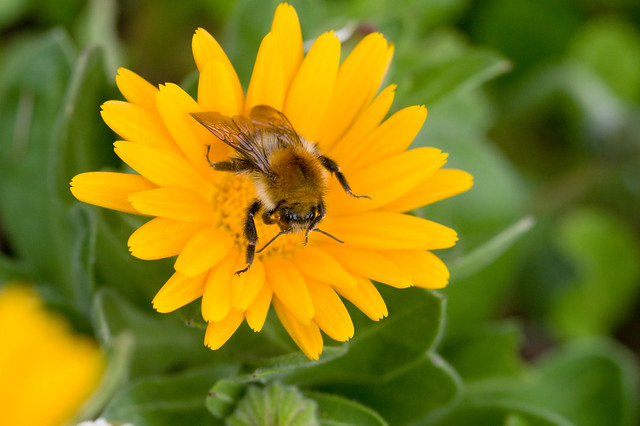 |
| Common Carder Bee |
The mothing continues to be excellent, with the second Gtey Shoulder-knot for the garden joined by the fourth Lunar Marbled Brown. Perhaps even more surprising were the three brimstone moths fluttering around the trap, I've never caught one earlier than May before. More predictable was the first light brown apple moth of the year, just as the leaves start to emerge on the apple trees.
 |
| Grey Shoulder-Knot |
 |
| Lunar Marbled Brown |
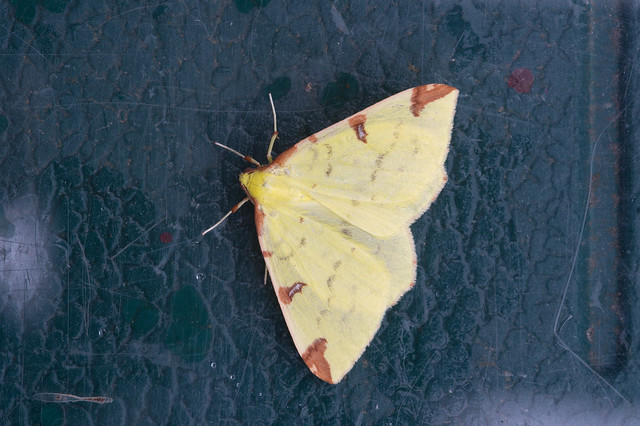 |
| Brimstone Moth |
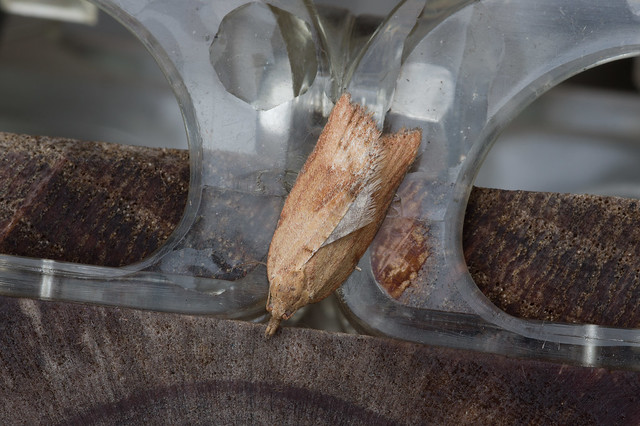 |
| Light Brown Apple Moth |
At the weekend I finally got the chance to head out into the countryside, with the intention of covering a fair bit of ground. Before I set off I had a quick rummage around the garden, and quickly turned up my first bee for the day, a female Gwynne's Mining Bee (Andrena bicolor) resting on a wallflower. Nearby a medium sized hoverfly was resting, which I initially assumed was another Eristalis tenax. On closer inspection it proved to be lacking the broad facial stripe of that species, and indeed all of the genus Eristalis with the exception of Eristalis arbustorum - so that's what it had to be.
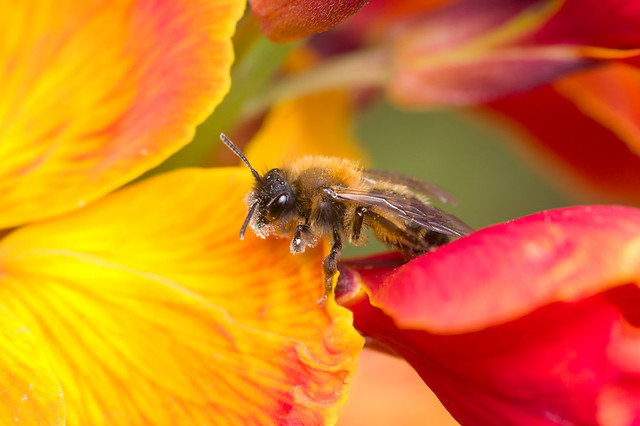 |
| Gwynne's Mining Bee |
 |
| Eristalis arbustorum |
I didn't have to wander far before another bee was added to the list, a female Andrena nigroaenea basking in the sunshine just outside the front door. On the bridleway the cow-parsley is just starting to come into flower, soon its delicate white sprays will line every pathway in my local area.
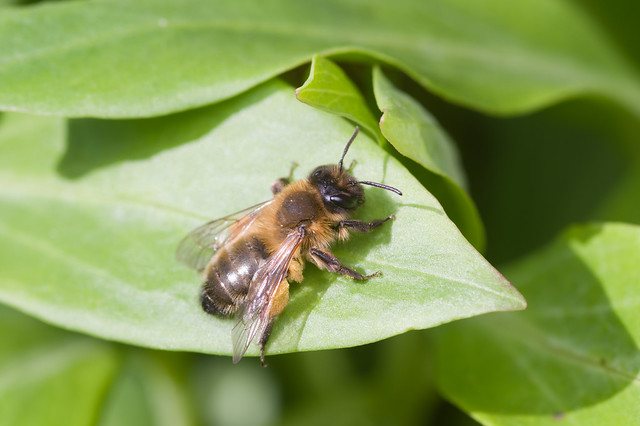 |
| Andrena nigroaenea |
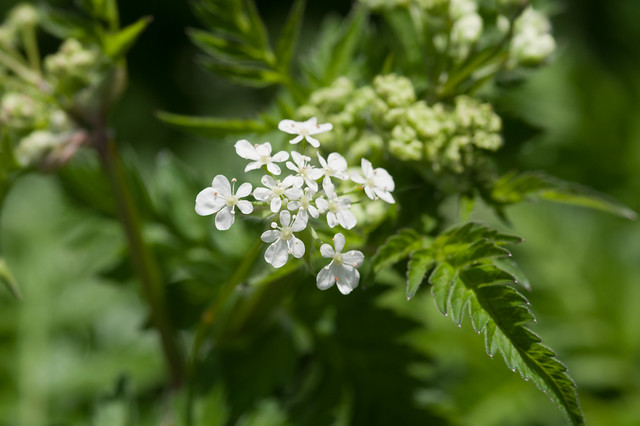 |
| Cow-Parsley |
Not much further along, the white dead nettle stands are now in full bloom, and bursting with life. 7-spot Ladybirds seemed to be on every leaf, and those leaves which didn't have a lady present were occupied by Nursery Web Spiders. On one low leaf, the first Squash Bug,
Coreus marginatus, was lurking and nearby was the attractively patterned Sloe Bug,
Dolycoris baccharum. Two bugs soon became three, as a single Common Damsel Bug was also lurking in the dead nettles.
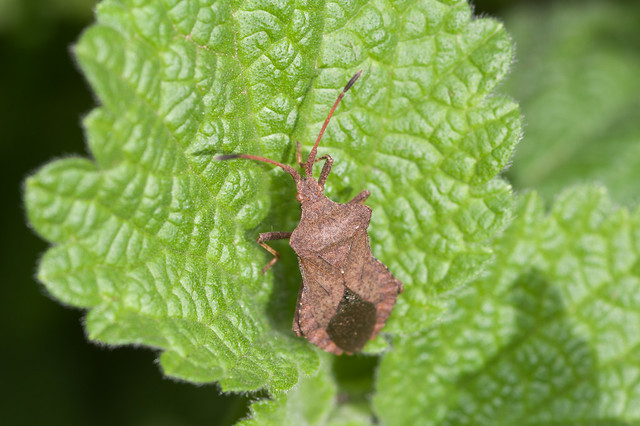 |
| Squash Bug |
 |
| Sloe Bug |
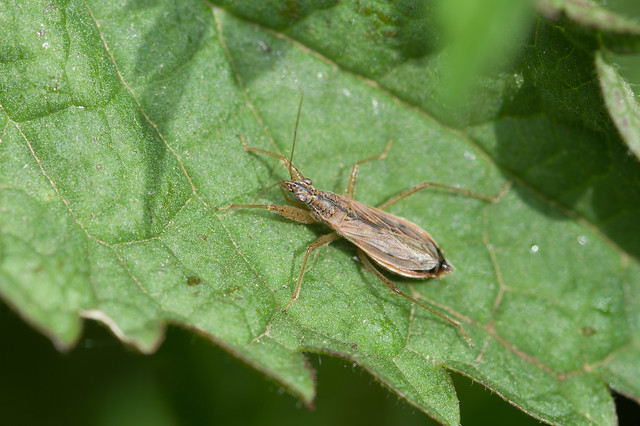 |
| Common Damsel Bug |
My attention then shifted to the nearby hedgerow, and I was delighted to see a host of mining bees and hoverflies buzzing around the maple flowers. I quickly added the common bee
Andrena dorsata and the spring hoverfly
Epistrophe eligans, before stumbling across a beautiful female Tawny Mining Bee in the vegetation below the hedge.
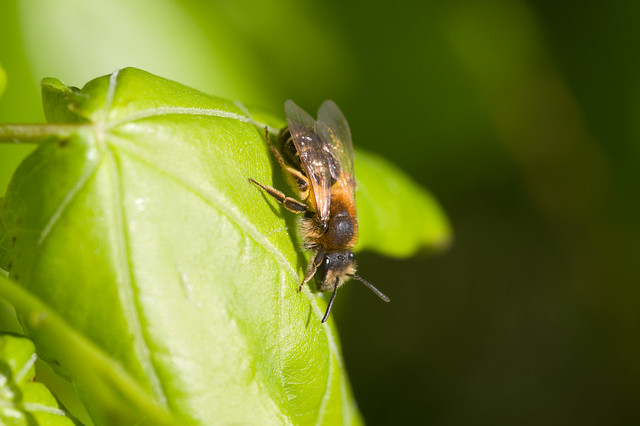 |
| Female Andrena dorsata |
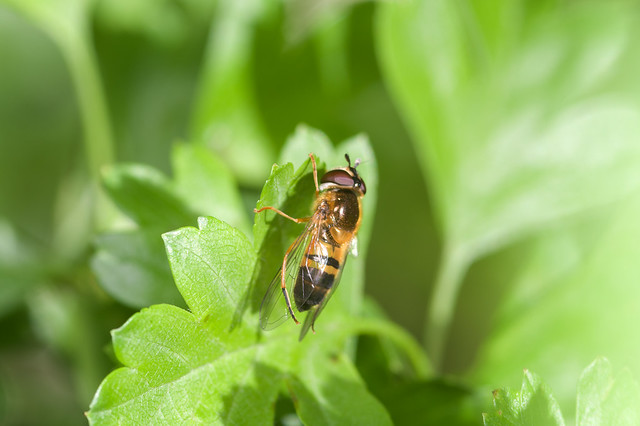 |
| Epistrophe eligans |
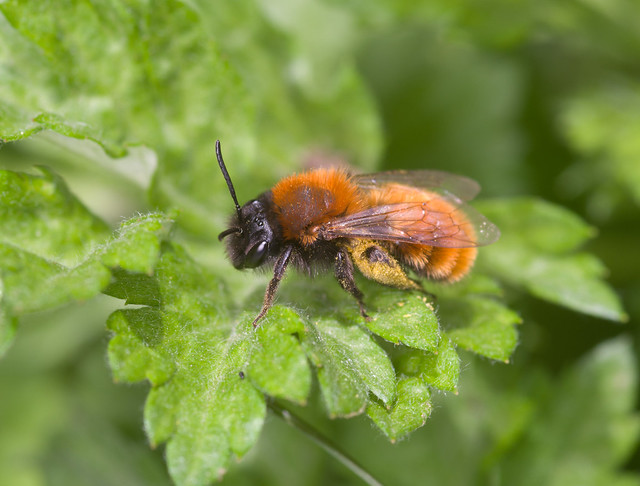 |
| Female Tawny Mining Bee |
Whilst photographing the tawny mining bee I noticed my first bee-fly of the year drop into the grass nearby. These furry harbingers of spring are parasites on bumblebees, which I find hard to forgive, but they are attractive little beasts with their fluffy coats and syringe like mouthparts. Less controversial was the Hawthorn Shieldbug basking on its host plant, and the queen Red-tailed Bumblebee which flopped into the grass for a rest.
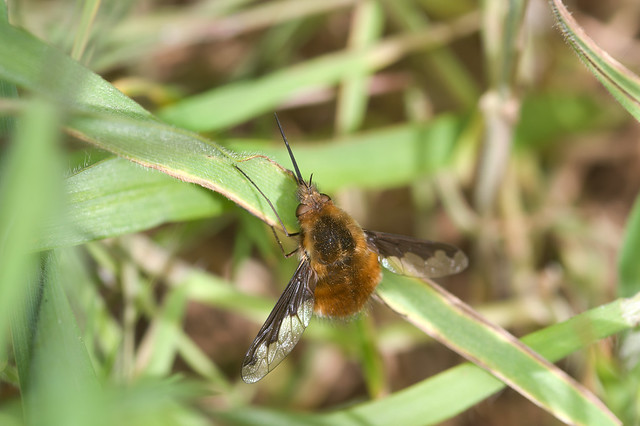 |
| Greater Bee-fly |
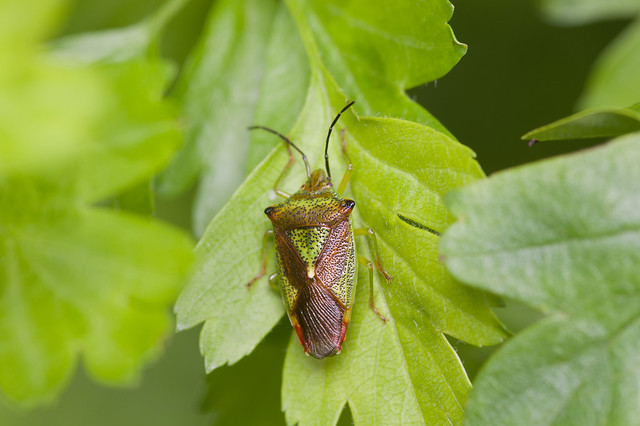 |
| Hawthorn Shieldbug |
 |
| Red-tailed Bumblebee |
Heading back to the maples I was briefly distracted from the bees by the multitude of ladybirds, mostly 7-spots, but with a few 10-spots and 2-spots mixed in. The final new species came in the form of my favourite springtime bee, the lovely
Andrena haemorrhoa, clad in fox red hairs, set off by pure white trimming. By the end of the walk I'd added 15 new species to the year list, all without getting more than a few hundred metres from the house!
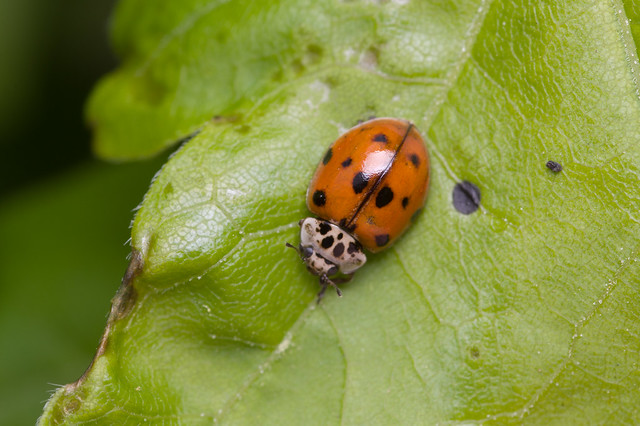 |
| 10-spot Ladybird |
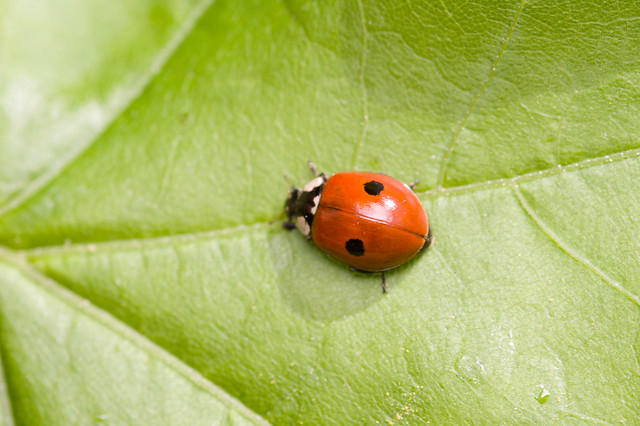 |
| 2-spot Ladybird |
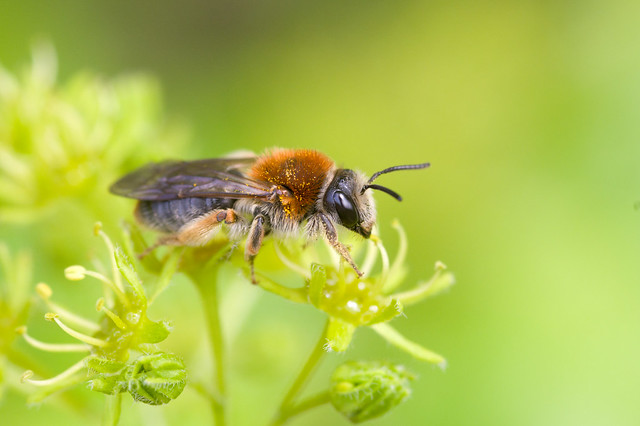 |
| Female Andrena haemorrhoa |
Total: 174 Species - see all the photos here
Lifelist 1304 Species - New additions, Common Damsel Bug, Pale Pinion, Eriocrania subpurpurella and Phtheochroa rugosana (the last three from the moth trap at work)





















No comments:
Post a Comment